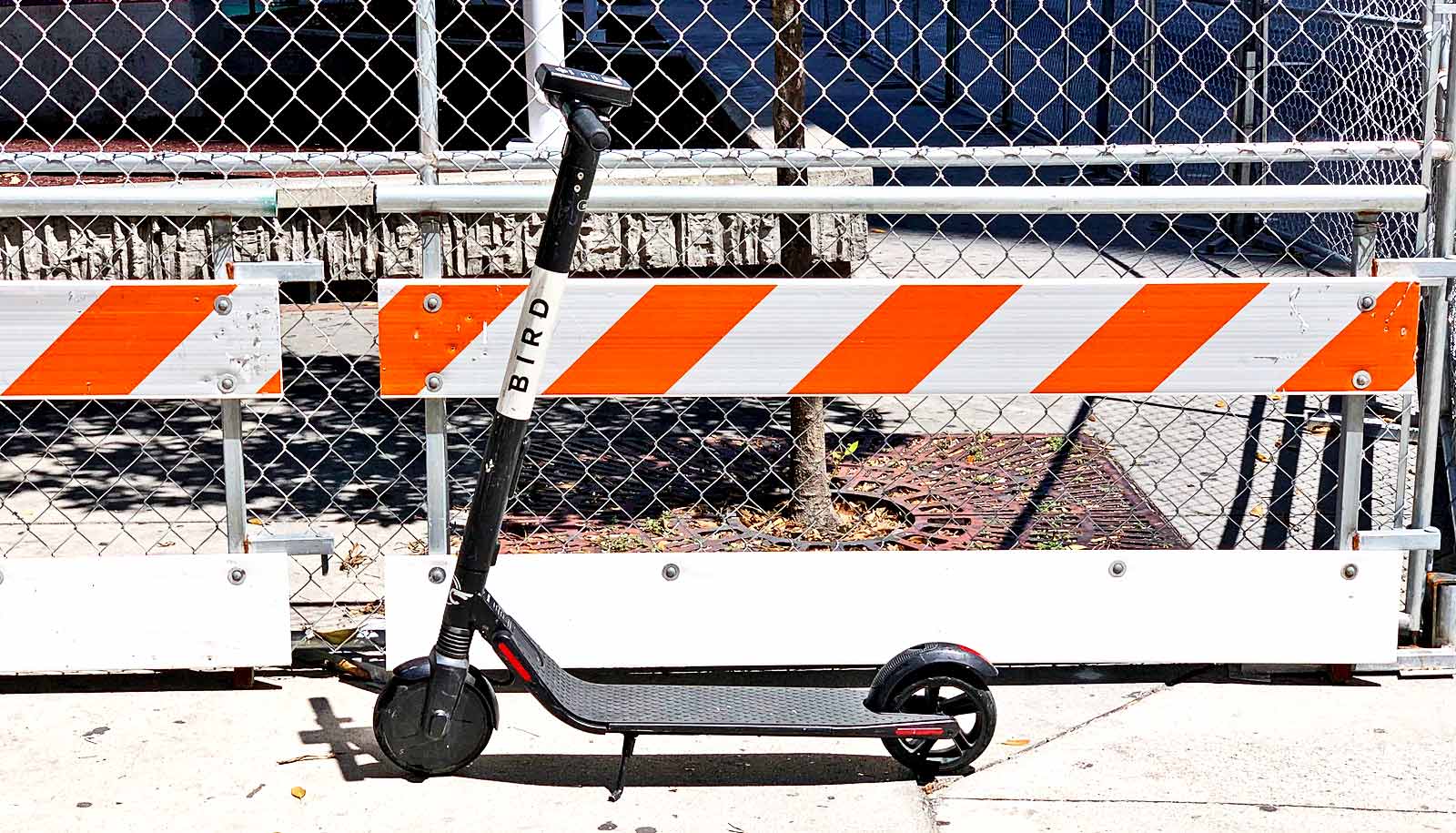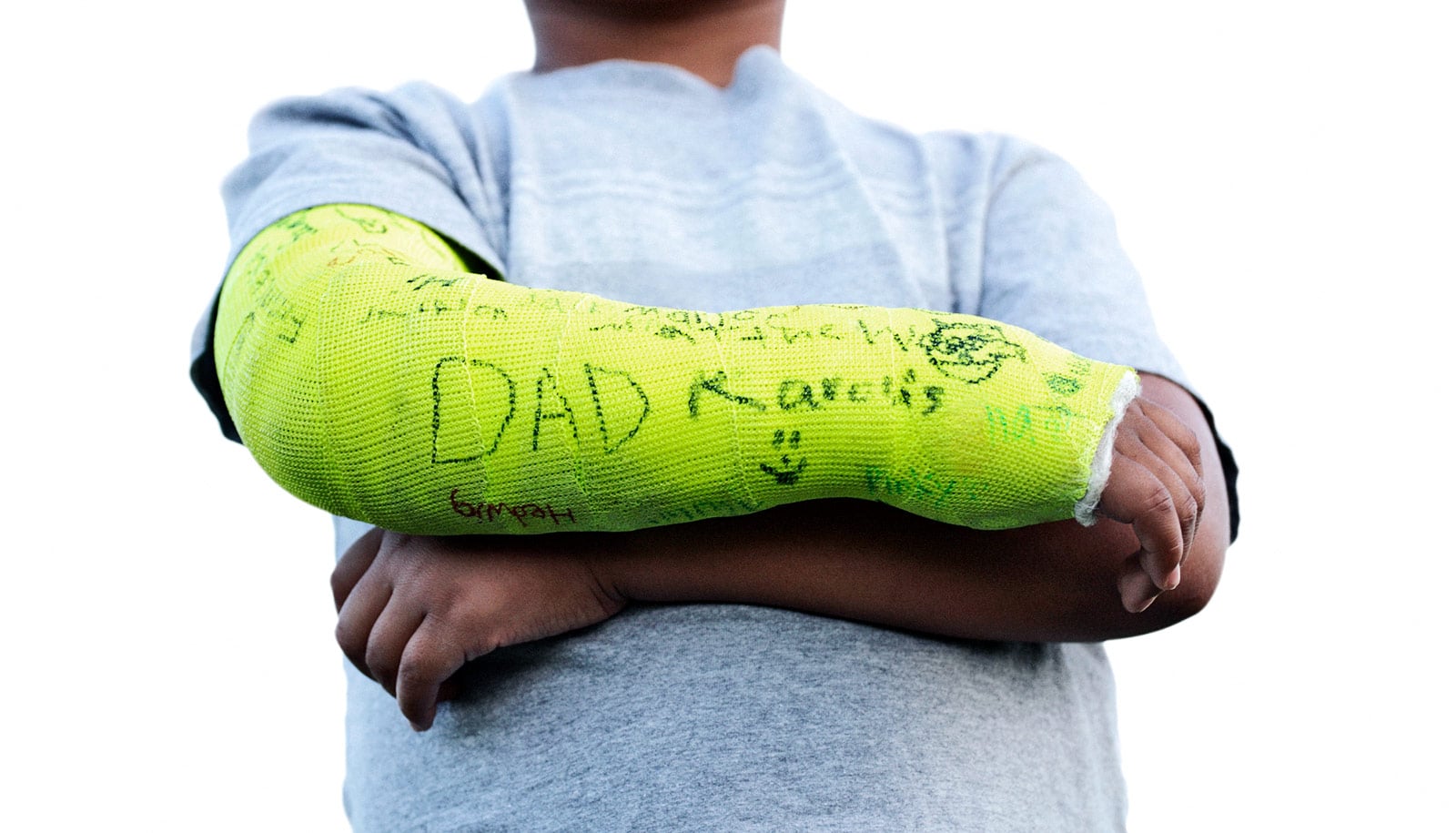Facial and head injuries from riding electric scooters have tripled over the past decade, a new study reports.
Electric scooter use has increased in popularity as a more environmentally friendly and efficient alternative to gas vehicles. However, state helmet laws vary—and many people are injured because they don’t wear appropriate protective equipment.
For the study in the American Journal of Otolaryngology, researchers analyzed records in the Consumer Product Safety Commission’s National Electronic Injury Surveillance system between 2008 and 2017 to determine the types and frequency of head and facial injuries resulting from motorized scooters.
The system collates data from about 100 participating hospitals, which is then extrapolated to provide national estimates on injuries related to consumer products.
E-scooters and the ER
Over the decade studied, emergency departments recorded 990 head or facial injuries sustained from electric scooter use—or 32,000 estimated injuries nationwide. The incidences tripled annually from an estimated 2,325 nationwide in 2008 to an estimated 6,947 in 2017.
“Children use motorized scooters marketed as toys, but in reality, certain models can reach speeds of almost 30 miles per hour.”
Most of the people injured were men between 19 and 65, but 33 percent were children between 6 and 12, the research shows.
“Children use motorized scooters marketed as toys, but in reality, certain models can reach speeds of almost 30 miles per hour,” says coauthor Amishav Bresler, a resident at Rutgers New Jersey Medical School.
The most frequent injuries included closed head injuries, such as concussion and bleeding or bruising of the brain, followed by facial cuts or abrasions. The study showed about 5 percent of the injuries were fractures, most frequently in the skull or nose.
In records that included helmet use, 66 percent of those injured were not wearing helmets. Helmet use increased with age, from about 19 percent in toddlers to about 67 percent in senior riders.
Time for helmet laws?
The study found significant variation in state laws regarding motorized scooters, Bresler says. For example, the District of Columbia classified motorized scooters as “personal mobility devices” that are not subject to inspection or helmet laws; while a new law in New Jersey regulates electric scooters in the same way as a traditional bicycles, requiring helmets only for people younger than 17.
“The United States should standardize electric scooter laws and license requirements should be considered to decrease the risky behaviors associated with motorized scooter use,” says Bresler, who notes the success of such legislation in other countries.
“In 2000, Italy implemented a law mandating helmet use for all types of recreational scooter drivers—legislation that reduced head trauma in scooter riders from about 27 out of 10,000 people before the law passed to about 9 out of 10,000 people afterward.”
Source: Rutgers University


